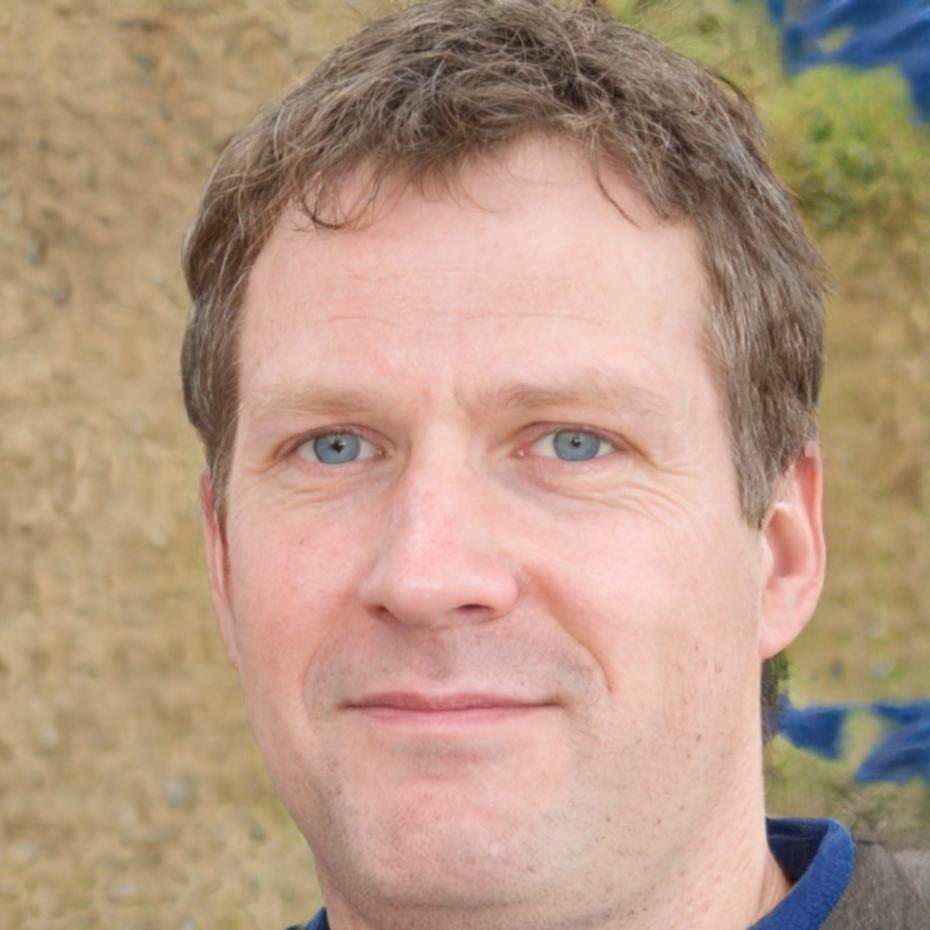Redefining Digital Storytelling
Where innovation meets imagination — our journey from concept to revolutionary 3D narrative platform
Our Innovation Methodology
We've developed a unique approach that combines cutting-edge technology with human-centered design principles. Our methodology isn't just about creating software — it's about crafting experiences that resonate on emotional and intellectual levels.
Immersive Design Framework
Our proprietary framework starts with spatial thinking. Unlike traditional 2D interfaces, we design in three dimensions from the ground up, considering how users naturally navigate physical spaces.
Narrative-First Architecture
Every technical decision serves the story. We reverse-engineer our platform architecture based on storytelling needs rather than forcing narratives into existing technical constraints.
Adaptive Intelligence System
Our platform learns from each user interaction, adjusting narrative pacing, visual complexity, and interaction patterns to match individual preferences and engagement levels.
Research Foundation & Competitive Edge
Neuroscience-Backed Engagement
Our research partnership with the University of Latvia's Cognitive Science Department has revealed how 3D narratives activate different neural pathways compared to traditional media. This understanding drives our interface design and content structuring.
Cross-Cultural Storytelling Patterns
We've analyzed storytelling traditions from 40+ cultures to identify universal narrative structures that transcend language barriers. This research forms the backbone of our platform's adaptive storytelling engine.
Accessibility Innovation
Traditional 3D environments often exclude users with disabilities. We've pioneered haptic feedback systems and audio-spatial navigation that make immersive storytelling accessible to visually impaired users — a first in the industry.

Dr. Marcus Lindberg
Former MIT Media Lab researcher with 15 years in interactive media. Marcus leads our R&D initiatives and holds 8 patents in spatial computing interfaces.

James Chen
Behavioral psychology PhD who previously worked at Disney Imagineering. James pioneered our user empathy mapping techniques for 3D narrative spaces.
Our Innovation Journey
From initial concept to industry leadership, our path has been defined by breakthrough moments and paradigm shifts that continue to shape the future of digital storytelling.
The Spatial Computing Breakthrough
While most companies were adapting 2D interfaces for VR, we realized the fundamental flaw: humans don't think in layers and menus when navigating real spaces. We developed our first spatial interaction models that let users organize content naturally, like arranging objects on a desk.
The Narrative Engine Revolution
Traditional storytelling platforms force linear progression. We created the first truly non-linear narrative engine that maintains story coherence while allowing users to explore plot threads organically. This breakthrough came from studying how children naturally tell stories — jumping between ideas while maintaining emotional continuity.
The Accessibility Innovation
Our latest breakthrough addresses the industry's biggest blind spot: inclusive design. We've developed haptic storytelling techniques that convey narrative emotion through touch patterns, and spatial audio systems that create 3D story worlds for non-sighted users. This isn't just accommodation — it's expanding the definition of immersive storytelling.
